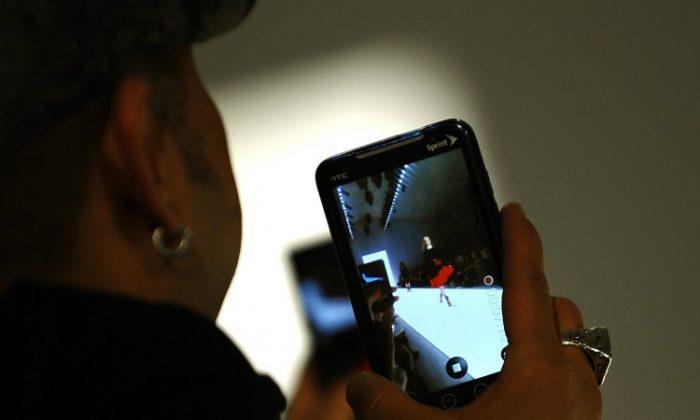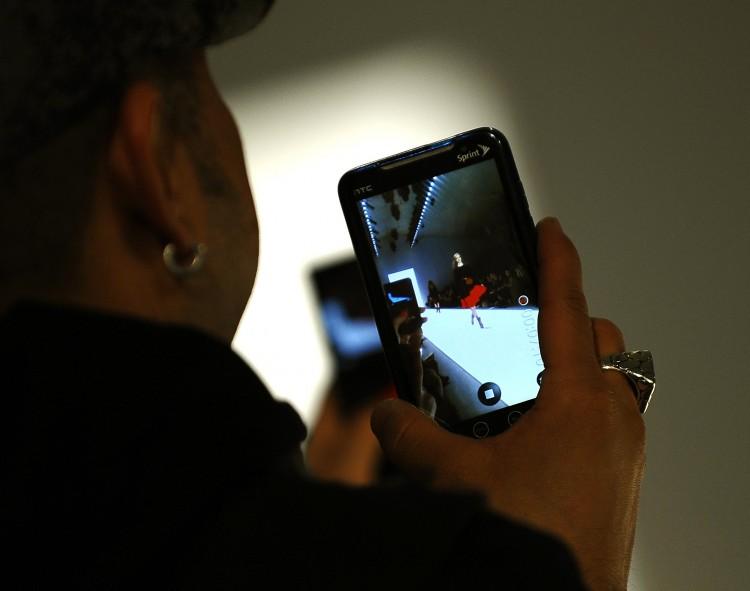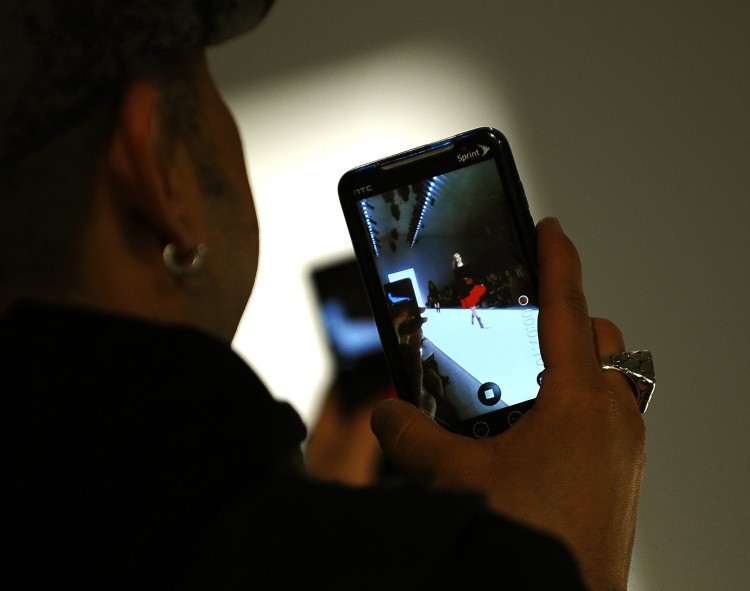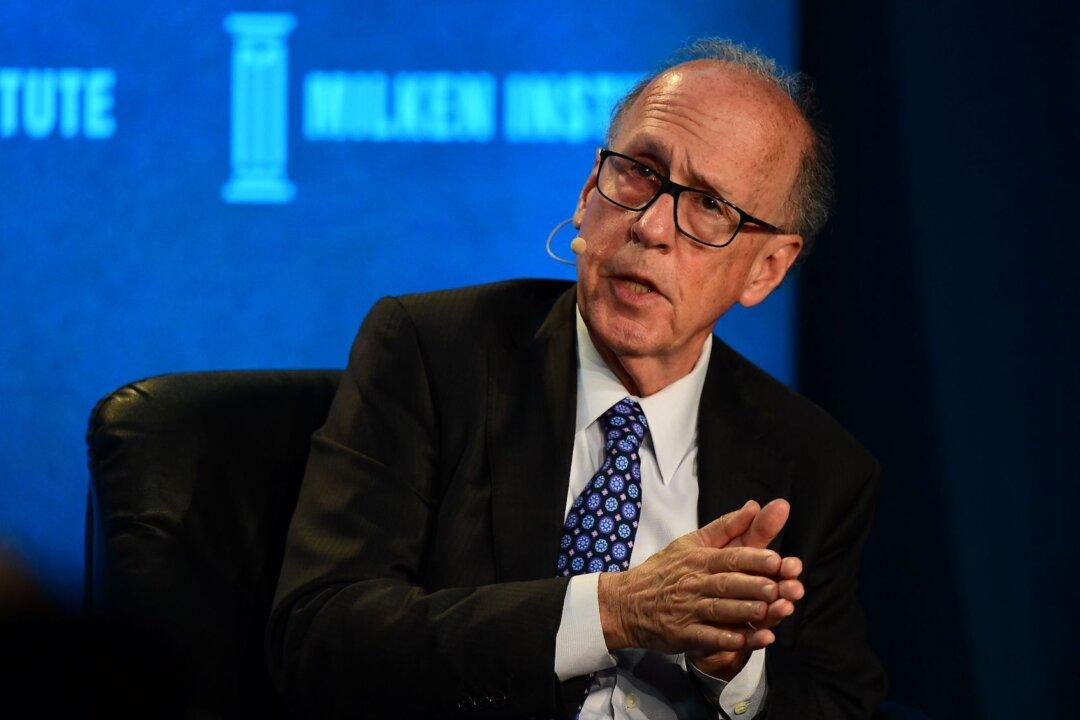NEW YORK—Modeled from fashion weeks in Paris, Milan, and London, Fashion Week in New York began as an exclusive event, with only VIP buyers and members of the press being able to see the designs. With the development of technology, members of the public are now able to view everything online almost instantly.
“It’s no longer exclusive in any sense of the word,” says Simon Collins, dean of Fashion at Parsons the New School for Design. “The designers are very conscious of the fact that the public is looking at what they are doing, way beyond the press, and the public will make their own choices so they have to have one eye on the public, wherever they are around the world, and one eye on the people in the room.”
Collins says the event has shifted from “a very closed business-to-business model to now, a very marketing driven consumer model.”
With the use of the Internet, Fashion Week also brings attention to new and smaller designers who were not included when the event was first established.
“One of the things I really like is that [technology] enables small designers to have a much bigger audience,” said Collins. “They won’t spend 150 grand on the biggest runway show you can imagine. They can do it small, put it online, and still garner the attention if it’s good enough.”
Collins added that Fashion Week will keep adapting itself to technology and continue to change.
“The thing about being a fashion designer is that you’re always looking for the new, always looking for a new way to express yourself and to connect with your public,” he said.
Designers used innovative mediums to showcase their collections in the 2012 Fashion Week, which wrapped up on Thursday. Some designers presented their designs on stationary models, instead of on the traditional runway walk. There are also designers who presented their collections through film.
“I think the fashion industry is really embracing technology,” said Collins. “I don’t know of another industry that relaunches itself every six months and showcases all these new products … for immediate order in some cases.”
While many people are hesitant about the transformations that Fashion Week goes through, as seen with the contended move from Bryant Park to Lincoln Center, Collins believes that the changes are positive.
“It doesn’t have quite the personality it had at Bryant Park … but there’s a bit more room now, and it’s certainly very efficient with Fashion GPS, the system that tickets everybody, so there are definite benefits to it.”
The History of Fashion Week
The history of Fashion Week runs back to World War II when fashion publicist Eleanor Lambert decided to put on a show for American designers in order to free them from the influence of European couture designers in 1943, according to online magazine, Slate. Lambert wanted magazine editors to focus more on American designers in their writing, and she succeeded.
Lambert named the event Press Week and it was held at the Pierre or Plaza Hotel until the 1950s.
In the ‘70s and ’80s, fashion designers began holding their own runway shows in different venues. The spaces were often small and unsafe. Once, when Fern Mallis, the head of the Council of Fashion Designers of America (CFDA) attended a Michael Kors show in 1990, a piece of plaster fell from the ceiling onto the runway and audience.
To prevent such incidents from happening again, Mallis decided to find a venue where all the fashion shows could be presented at once. Eventually, the selected location was Bryant Park, where tents were pitched for runway shows. The first season that was presented at Bryant Park was the Spring Collections of 1994.
In September 2010, the location officially changed from Bryant Park to Lincoln Center to accommodate Fashion Week’s quickly expanding venue.






